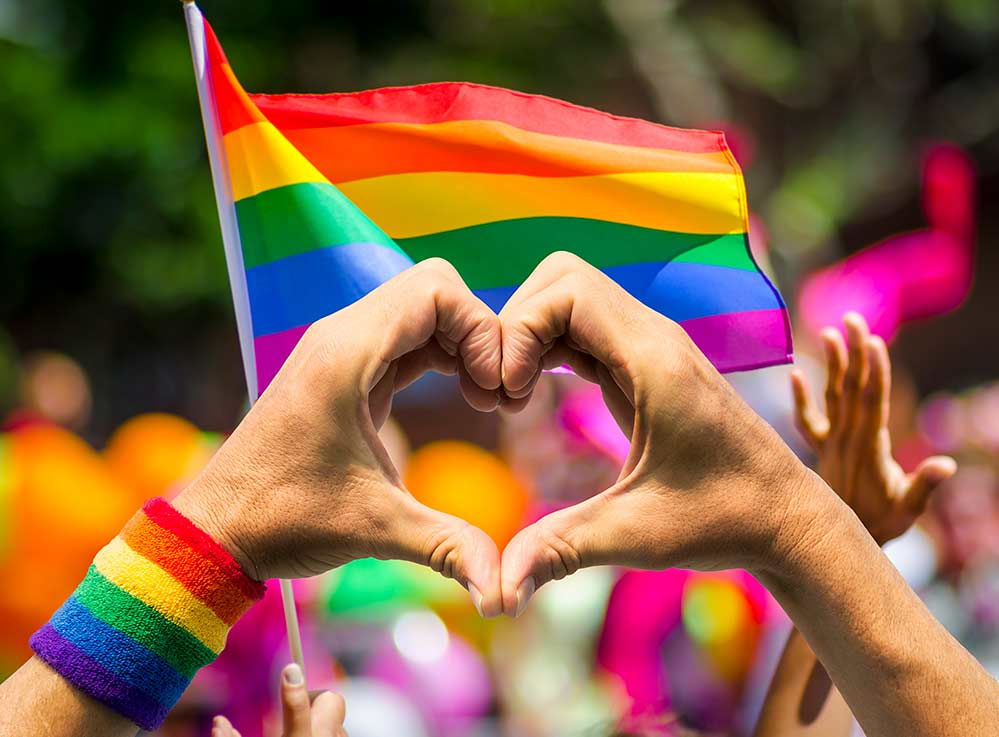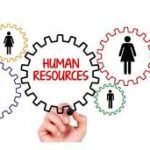June is Pride month, usually associated with a rainbow of colour and a celebration of who you are and whoever you choose to love. It signifies the progress of equality in our lifetime and is a reminder of how damaging homophobia once was and in some places, continues to be.
At its heart Pride is about connectivity and inclusion and championing diversity in all walks of life. For businesses Pride month is an opportunity to reflect on their own culture of inclusion and review policies and introduce regular training on diversity and inclusion to ensure a happy workforce.
This year many Pride events have had to be cancelled due to Covid but the message of the Pride community is as strong and important as ever. Here, we share highlights from a very insightful article from FutureLearn, which sets out the origins of Pride and charts the historic achievements and positive impact it has had on our society since it began in almost 50 years ago.
What is Pride?
‘Pride is all about promoting the equality, self-affirmation and visibility of LGBTQIA+ people, by creating a community and safe space for people to be who they are. The word ‘Pride’ in this sense was first used by Brenda Howard, the organiser of the first LGBTQ Pride March in the wake of the Stonewall Inn riots of 1969. And, while the origins of the choice of that word may be lost to time, it’s a term that’s become meaningful to the community ever since. Pride is about encouraging people to speak up proudly.
Pride events usually involve a series of marches and parades with performances, music, colourful dress and an abundance of rainbow flags. In the UK, June is traditionally Pride month, but there will be Pride events across the country throughout the next few months. London Pride is in September this year and will have a theme based on their values of visibility, unity and equality.
When did Pride start?
The first Pride event took place in London in July 1972, with about 2,000 people taking part. It was created as a response to the Stonewall Riots that occurred in New York, 1969. In the early hours of one June morning, there was a police raid at Stonewall Inn, a gay bar in Greenwich Village. Raids such as these had become fairly common, since at the time, cops were arresting people for doing drag or wearing clothes that didn’t align with their perceived gender.
However, this raid was different, as it triggered rioting that saw members of the LGBTQIA+ community fighting back against police brutality for three nights. These riots can be seen as an explosion of frustration within the LGBTQIA+ community in response to the increasing antagonism towards them. Not only did the Stonewall Riots ignite LGBTQIA+ activism in the US, but they also led to the birth of Pride.
What do the Pride colours mean?
The original Pride flag is the famous rainbow flag, created by gay artist Gilbert Baker. It was designed in 1978 after Harvey Milk, San Francisco’s first openly gay elected official, asked Baker to design a symbol for Pride.
When Baker had a vision of a rainbow flag at a bar, he decided that it would be the perfect LGBTQIA+ symbol, with each colour representing something different about the community. Initially, the flag consisted of eight colours, but it was soon changed to a more practical six: red, orange, yellow, green, blue and purple.
As times have changed and discussions in the LGBTQIA+ community have progressed, a more inclusive flag has been created. The “Progress Pride Flag” encapsulates all members of the LGBTQIA+ community including people of colour and the trans community. It was designed in 2018 by Daniel Quasar, and adds black and brown stripes for people of colour and the colours of the Transgender Pride flag to the original rainbow.
What has Pride achieved since the movement began?
There has been a phenomenal amount of progress in the LGBTQIA+ community since the emergence of Pride, which demonstrates just how important it is. There is such a long way to go before LGBTQIA+ people are treated equally across the globe, but there are still some notable achievements to highlight.
Changes in Legislation
Many legislative changes have been pushed forwards by Pride and LGBTQIA+ activism. Below are some important dates of LGBTQIA+ legislation around the globe, though this is not an exhaustive list by any means:
- 1992: WHO declared that homosexuality was not an illness.
- 2001: Netherlands became the first country to officially recognise same-sex marriage.
- 2002: Homosexuality decriminalised in China.
- 2002: Gay people allowed to adopt children in the UK.
- 2005: Civil partnerships allowed in the UK.
- 2010: Gay people allowed in the US military.
- 2010: Equality, Diversity and Inclusion act in the UK protects LGBTQIA+ people from discrimination.
- 2013: Same-sex marriage legalised in England and Wales.
- 2020: Same-sex marriage legalised in Northern Ireland.
More representation and inclusivity
The impact of Pride can’t only be measured by changes in legislation, even though that is a very important part of achieving progress. We also need to consider general attitudes towards LGBTQIA+ people in society.
Representation in media such as music, television, film and magazines has increased dramatically since Pride began, with many shows such as Drag Race and Queer Eye even becoming mainstream. Of course, there can always be more and better representation, but it’s definitely improved over the years.
Another notable achievement is that LGBTQIA+ has become a part of the UK education curriculum, after being voted in by UK Parliament in 2019. The ban on promoting homosexuality in UK schools was only overturned in 2003, so creating an inclusive curriculum is a significant progression.
Why Pride is still so important
Pride continues to provide LGBTQIA+ people with a community, safe space, and a chance to celebrate who they are and who they love without shame. In addition to this, there is still so much more progress to be made, and Pride is one of the ways to draw attention to LGBTQIA+ issues and injustices all over the world.
There are still 69 countries that have laws criminalising homosexuality, and the queer people in these countries need all to continue fighting for their right to exist. In addition, there is more to do in the UK to fight for LGBTQIA+ rights.
The National LGBT Survey: Summary report found that LGBTQIA+ respondents are less satisfied with their lives compared to the general UK population, and that more than two-thirds of respondents said they had avoided holding hands with their same-sex partner out of fear of a negative reaction.
Pride needs to exist so that we can continue to change statistics such as these.‘
You can view the full range of Pride events in calendar format here. If you are interested in courses around Pride, diversity and inclusion, these can be accessed via Future Learn here https://www.futurelearn.com/courses/collections/pride-month-2021
At PSHR, our professional HR Consultants offer guidance and advice for businesses who want to help challenge stereotypes, teach tolerance and review policies on diversity and inclusion. Call 01473 653000 to arrange a free 30-minute consultation.





